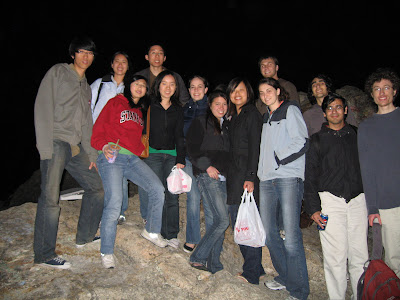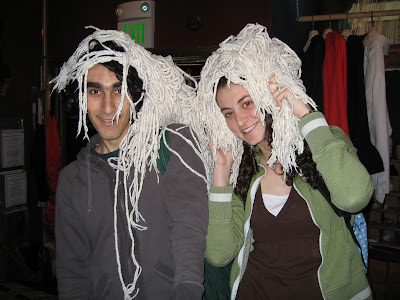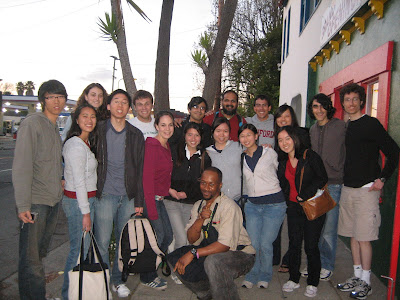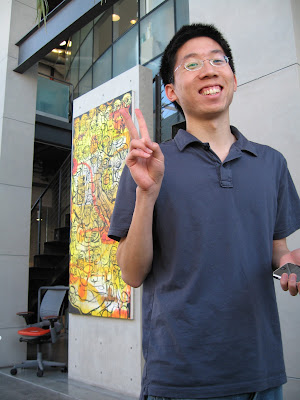
Friday began with a trip to South Beach, San Francisco to visit Delancey Street, a home for criminals or drug-addicts who are committed to getting back on their feet and helping others do the same. What started over thirty give years ago as a dream in the heart of Mimi Silber, a criminologist who wanted to provide criminals with an alternative to grueling and demoralizing jail sentences has now grown into a home for up to five hundred former-criminals who operate as a supportive family for each other. Many aspects of the Delancey Street epitomized characteristics of true social entrepreneurship—Mimi had the enthusiasm, dedication, understanding of the issue, and vision of a particular need or niche that made her solution so successful. The people of Delancey street know how to make a lot from very little, and find solutions that not only make profit but also help convicts take ownership over their own lives. They operate their own moving service, built their own residence (a beautiful chateau-like apartment complex on the South Shore with a game room, independent film theatre, and car repair training studio), and run two fine restaurants.

We ate at the Crossroads Café, a clean, homey, and stylish café, bookstore, and art gallery with fresh, wholesome, and hearty meals served by clean shaven, well-groomed Delancey residents. While the transformation Delancey brings about in its residents speaks for itself, there was something magical about being there. Watching convicted criminals willingly and humbly rebuild their lives in a supportive space was a powerful experience. At Delancey Street there was something brave and radical but also logical and rooted in love—something both transformative and familiar.
After eating our chicken sandwiches and sipping our fresh OJs, we drove to the headquarters of Bridge Housing and met with CEO Carol Galante to learn about the business model. Like many of our hosts over the week, Carol expressed admiration and enthusiasm over our group’s willingness to put learning about Social Entrepreneurship over beach parties or moping around the house. Tired from our long week, we pulled up our bootstraps to reciprocate her appreciation for our time, and it was well worth it. Carol spoke about how Bridge manages to make low-income, family-oriented housing in high-income San Francisco possible—a mix of grants, tax credits, and mortgage, the main cost being construction. We then got to visit a Bridge development in the Haight District and the manager gave us a tour of the elegant, homey, and low-income development. We learned that residents, though comfortable, use Bridge housing as a transition home, to have the stability to improve their employment situations and eventually buy a place of their own. As he waived to appreciative and dignified residents, it became clear that we were visiting another safe place where people were building their lives through a clever funding model thought up by forward-looking and compassionate people.










